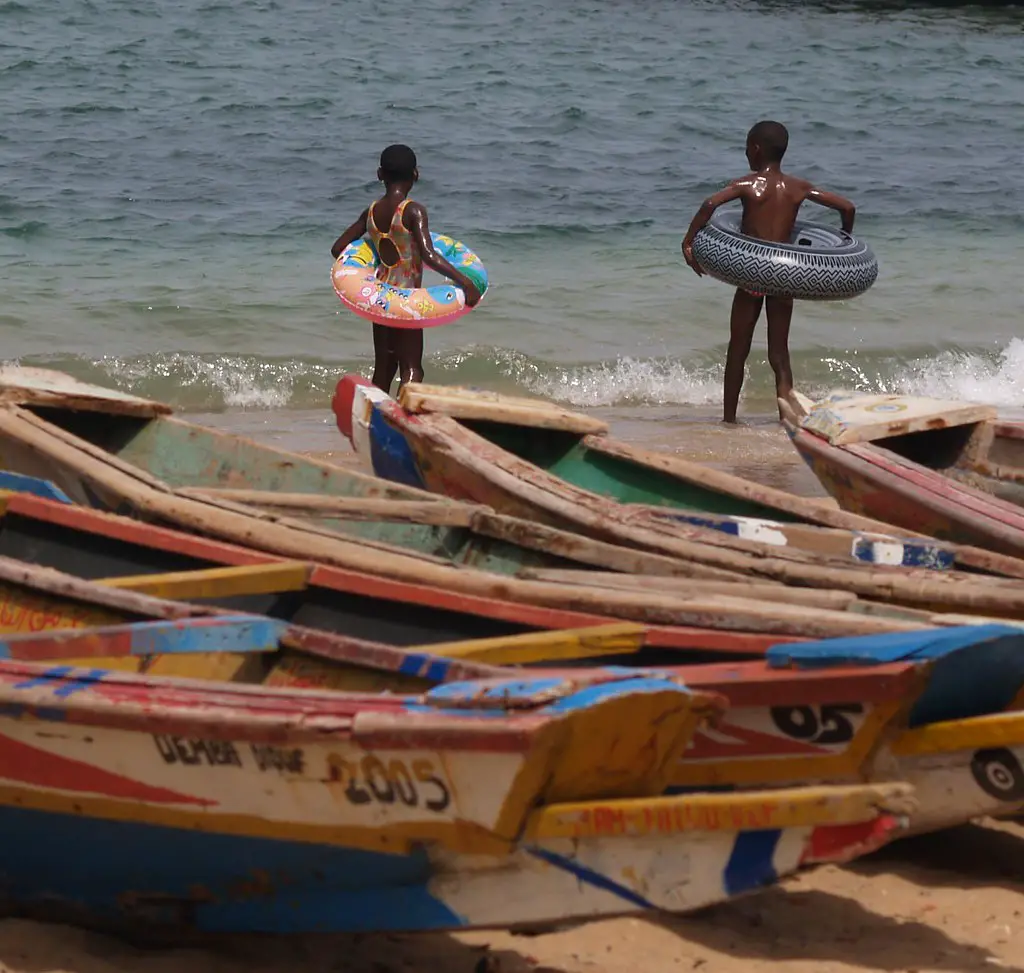💪 Support independent web, support us:
Goree Island, located off the coast of Senegal, is a UNESCO World Heritage Site and a symbol of the Transatlantic Slave Trade.
What to see or do: Visit the House of Slaves museum to learn about the horrific history of the transatlantic slave trade. Explore the narrow streets and colorful colonial buildings of the island.
Take a guided tour of the island or hire a local guide to learn more about its history.
Don’t miss: The Door of No Return, a portal through which tens of thousands of enslaved Africans were transported to the Americas.
Insider travel tips: Plan to spend at least a half-day on the island to fully explore its history and beauty. Try the local seafood at one of the island’s restaurants.
Be aware that the island can get crowded with tourists, so plan to visit early in the day for a quieter experience.
2. Dakar Monument of African Renaissance
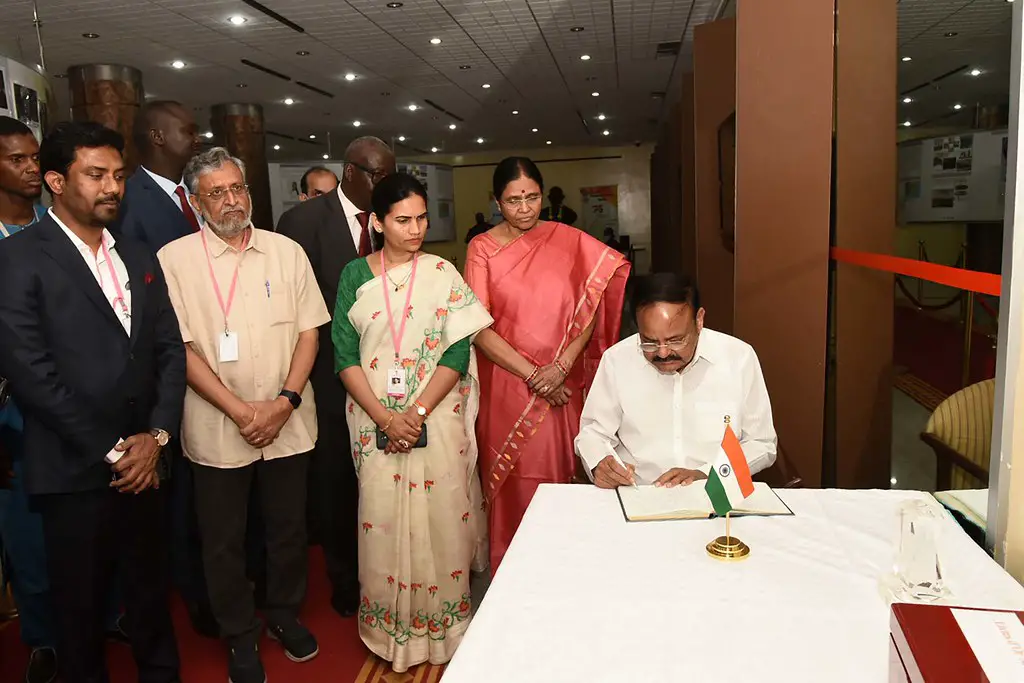
A gigantic statue situated on top of one of the twin hills of Dakar, this monument is a symbol of Africa’s emergence from a dark past.
What to see or do: Visitors can climb up to the observation deck located at the top of the statue, which offers a panoramic view of the city.
The monument also houses a museum that showcases the history and culture of African countries.
Don’t miss: The intricate details of the statue, depicting a man, woman, and child emerging from a volcano, with outstretched arms towards the sky.
Insider travel tips: It is recommended to visit the monument during the early morning hours or in the evening to avoid the crowds and the scorching heat of the midday sun.
Also, be prepared to climb a series of stairs to reach the observation deck.
3. Lake Retba
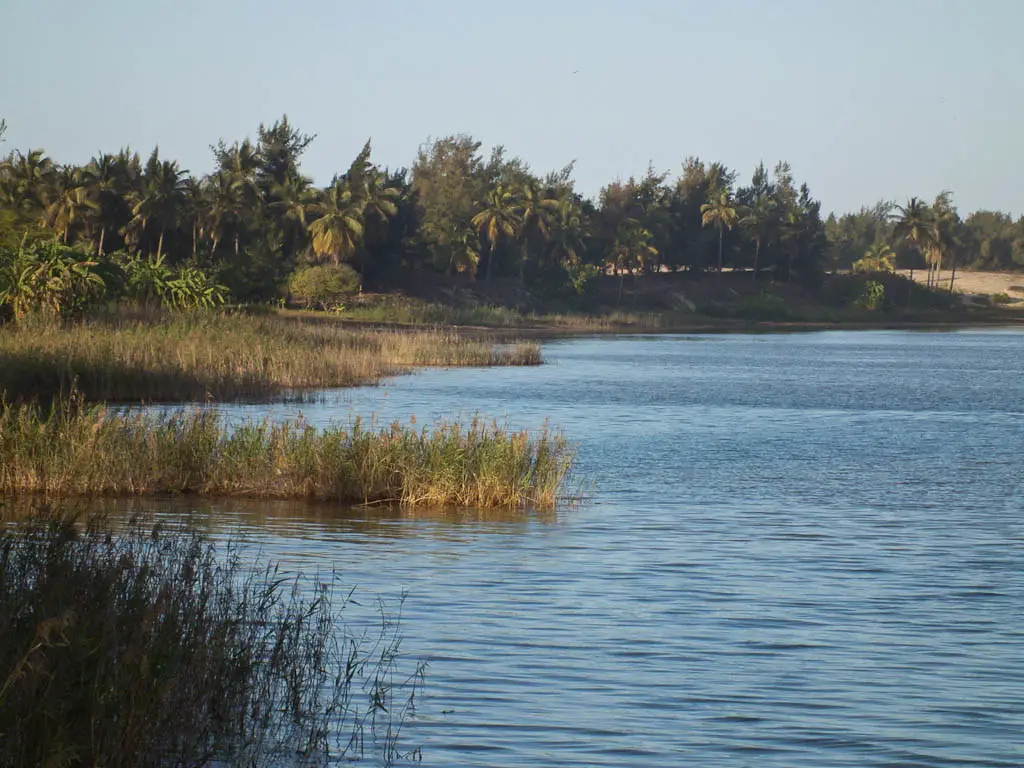
Lake Retba, also known as Lac Rose, is a pink-colored saline lake located in Senegal, West Africa.
What to see or do: Take a boat or kayak tour to marvel at the unique pink hue of the lake water. Swim in the lake and appreciate how buoyant the water is due to its high salt content.
Take a guided tour to learn more about the salt harvesting process undertaken by locals who scrape salt from the lake bed.
Don’t miss: A visit to the salt factory where you can witness how salt is harvested and try your hand at it.
Insider travel tips: Be sure to wear sunscreen and a hat to protect yourself from the intense sun exposure. Also, bring a towel and change of clothes if you plan on swimming in the lake.
It is best to visit in the early morning or late afternoon when the sun’s rays are less harsh. Try the local dish of couscous with fish or lamb for a truly authentic Senegalese experience.
4. Dakar Grand Mosque
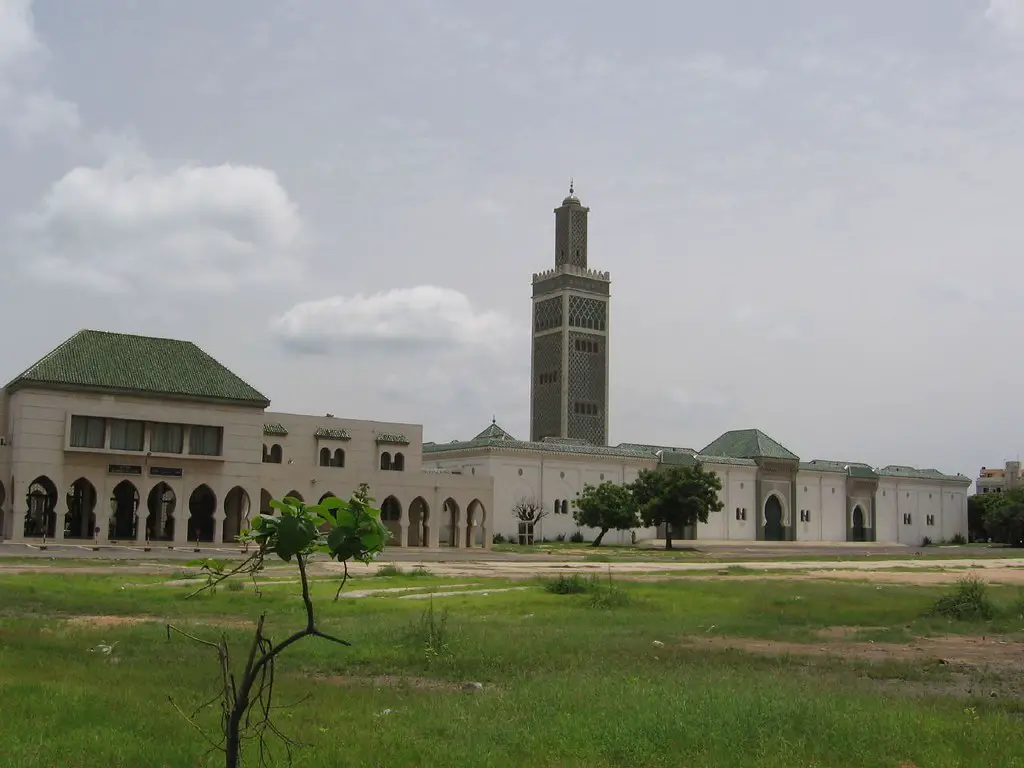
One of the largest mosques in Africa located in the heart of Dakar, Senegal.
What to see or do: Admire the impressive architecture featuring a combination of traditional Islamic and modern styles. Explore the beautiful courtyards and intricate mosaics.
Observe the peaceful prayer calls that echo throughout the city.
Don’t miss: The opportunity to climb to the top of the minaret for a breathtaking view of the Dakar skyline.
Insider travel tips: Visitors should dress conservatively and remove their shoes before entering the mosque. The best time to visit is during sunset when the mosque is illuminated with lights.
Avoid visiting during prayer times as the mosque will be closed to visitors.
5. Dakar African Renaissance Statue

A 49-meter tall bronze statue of a man, woman, and child standing on top of a hill overlooking the city of Dakar.
What to see or do: Take in the panoramic views of Dakar from the statue’s observation deck. Marvel at the statue’s intricate details and its grandeur.
Don’t miss: Visiting the nearby African Renaissance Monument Museum to learn more about the history and significance behind the statue.
Insider travel tips: Plan to visit in the late afternoon to catch the sunset from the observation deck. To avoid crowds, it’s best to visit on a weekday.
6. Dakar IFAN Museum of African Arts
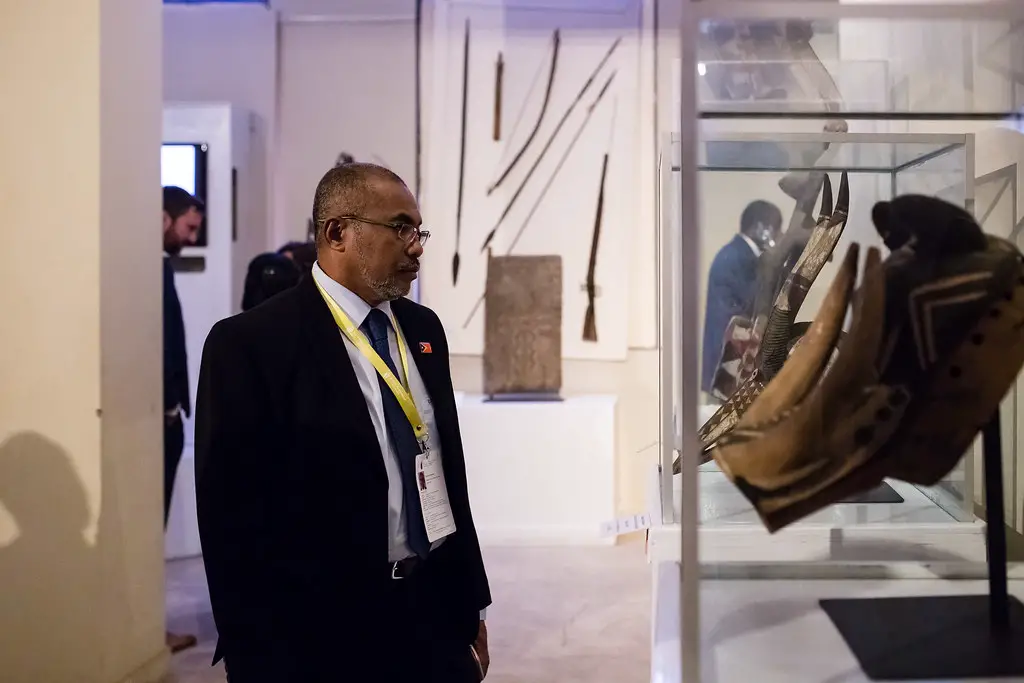
A museum dedicated to African arts and culture in Dakar, Senegal.
What to see or do: The museum houses a large collection of traditional African masks, statues, and textiles. Visitors can explore the different galleries or participate in workshops and cultural events.
Don’t miss: The outdoor garden, which features an impressive collection of large statues and sculptures.
Insider travel tips: Check the museum’s schedule before your visit to see if there are any special events or exhibitions happening. Also, be sure to bring cash as the museum does not accept credit cards.
7. Dakar Sandaga Market
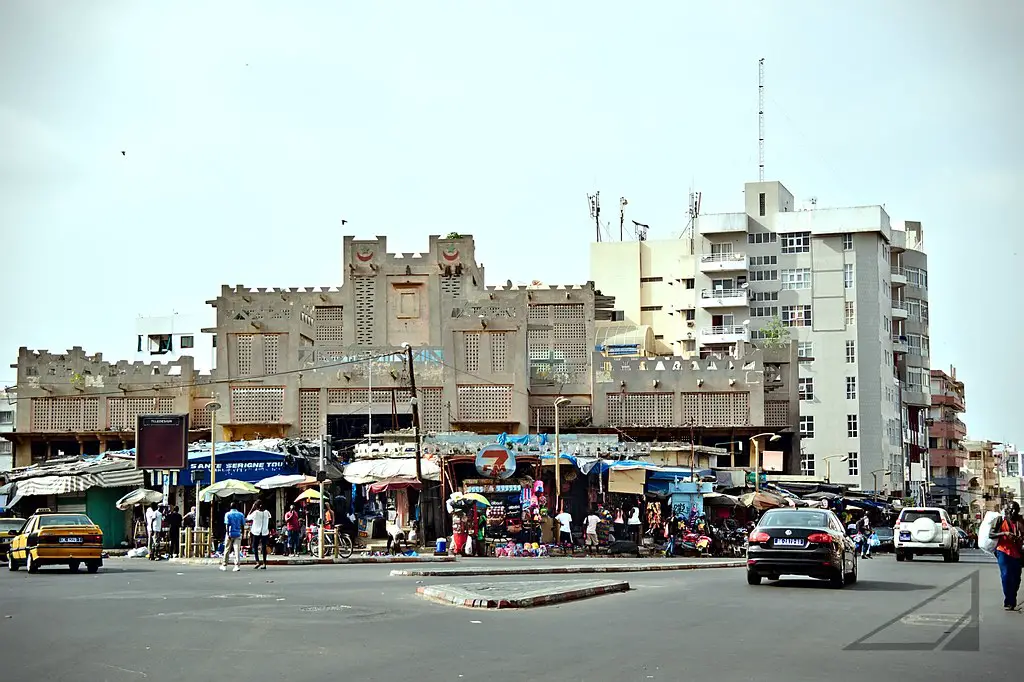
The Sandaga Market is one of the largest markets in Dakar, Senegal. It has a vast array of goods, including clothes, electronics, fruits, vegetables, and many other items.
What to see or do: Take a stroll through the market and experience the chaotic yet lively atmosphere. You can find traditional Senegalese clothing, fabrics, shoes, jewelry, and souvenirs.
The market vendors are very welcoming, and you might even get a chance to try some fresh fruits, nuts, or local dishes.
Don’t miss: Don’t forget to bargain when you’re shopping at Sandaga. Haggling is part of the culture, and it’s a fun way to interact with the vendors.
You should also look out for some of the unique items sold here, such as traditional Wolof hats, Kora musical instruments, and Ngalax (a delicious dessert).
Insider travel tips: Be mindful of your belongings, as Sandaga can be crowded and chaotic. It’s recommended to visit the market in the morning to avoid the heat and the crowds.
You should also bring cash, as credit cards are not accepted, and be prepared to haggle for a better price.
8. St

St. Petersburg, a city located in Russia, known for its rich history and cultural heritage.
What to see or do: Visit the Hermitage Museum, which houses an impressive collection of art from around the world. Explore the Peterhof Palace, also known as the “Russian Versailles,” and its stunning gardens.
Take a boat tour on the canals to see the city from a unique perspective. Attend a ballet or opera performance at one of the city’s many theaters.
Don’t miss: The Church of the Savior on Spilled Blood, an intricately decorated church with a fascinating history. The St.
Petersburg Metro, known for its ornate and beautiful stations. The White Nights Festival, held annually in June, when the sun stays visible for almost 24 hours.
Insider travel tips: Make sure to obtain a visa before traveling to Russia. Avoid visiting during the winter months, as temperatures can be extremely cold.
Try Russian cuisine at local restaurants, such as borsch or blini. Use public transportation, such as the subway or bus, to get around the city efficiently.
9. Djoudj National Bird Sanctuary

Djoudj National Bird Sanctuary is a UNESCO World Heritage Site located in Senegal, West Africa.
What to see or do: The sanctuary is home to over 3 million migratory birds from Europe and Asia. Visitors can take a guided boat tour to see the birds up close and learn about the different species.
Don’t miss: The Pink-backed Pelican, one of the sanctuary’s most iconic species. Visitors should also keep an eye out for the African Spoonbill and Greater Flamingo.
Insider travel tips: Visit during the dry season (December – April) when the birds are most abundant.
Be sure to bring sunscreen and insect repellent, and dress in light layers as temperatures can be hot during the day and chilly at night.
Arrive early in the morning for the best chance to see the birds in action.
10. Saloum Delta National Park

Saloum Delta National Park is a biodiverse coastal reserve in Senegal, known for its picturesque lagoons, mangroves, and wildlife.
What to see or do: Take a boat tour of the park to see a variety of bird species, including pink flamingos, pelicans, and herons. Explore the winding mangrove creeks and observe saltwater crocodiles and West African manatees.
Visit the villages of Djiffer and Sippo to immerse yourself in local culture and traditions.
Don’t miss: A visit to the Bandia Animal Reserve, just a short drive from the park, to see giraffes, rhinos, and antelopes up close.
Enjoy a fresh seafood meal at one of the restaurants overlooking the lagoons.
Insider travel tips: 1) The best time to visit is between November and May when temperatures are cooler and humidity is lower. 2) Wear light, breathable clothing and insect repellent to stay comfortable and avoid mosquito bites.
3) Book a tour with a reputable guide to make the most of your experience and learn about the park’s conservation efforts.
11. Pink Lake Senegal
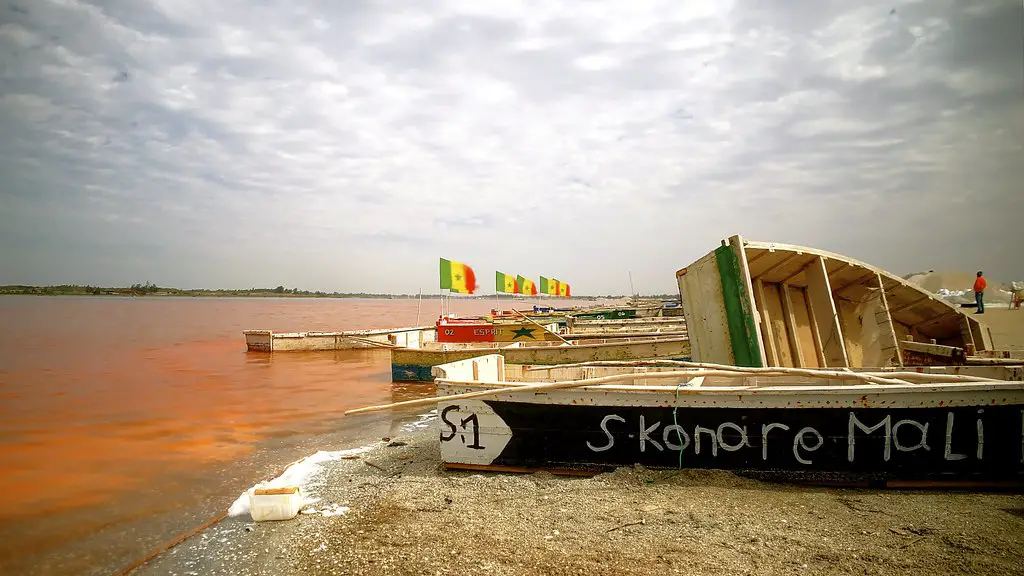
Pink Lake Senegal, also known as Retba Lake, is a stunning natural wonder located in the north of Dakar, the capital city of Senegal.
What to see or do: The main attraction of Pink Lake is the mesmerizing pink color of its water, which changes shades depending on the time of day and the angle of the sun.
Visitors can take a boat tour of the lake, swim in its salty waters, or watch locals harvest salt from the lakebed using traditional techniques.
Don’t miss: The vibrant colors of the surrounding landscape, including the orange dunes, green vegetation, and blue sky, make for a breathtaking sight that is not to be missed.
Insider travel tips: It is best to visit Pink Lake early in the morning or late in the afternoon to see the water at its most vibrant.
Visitors should also bring plenty of sunscreen and water to stay hydrated in the hot, desert climate. Bargaining is common when buying souvenirs or booking tours, so don’t be afraid to negotiate prices.
12. Joal-Fadiouth
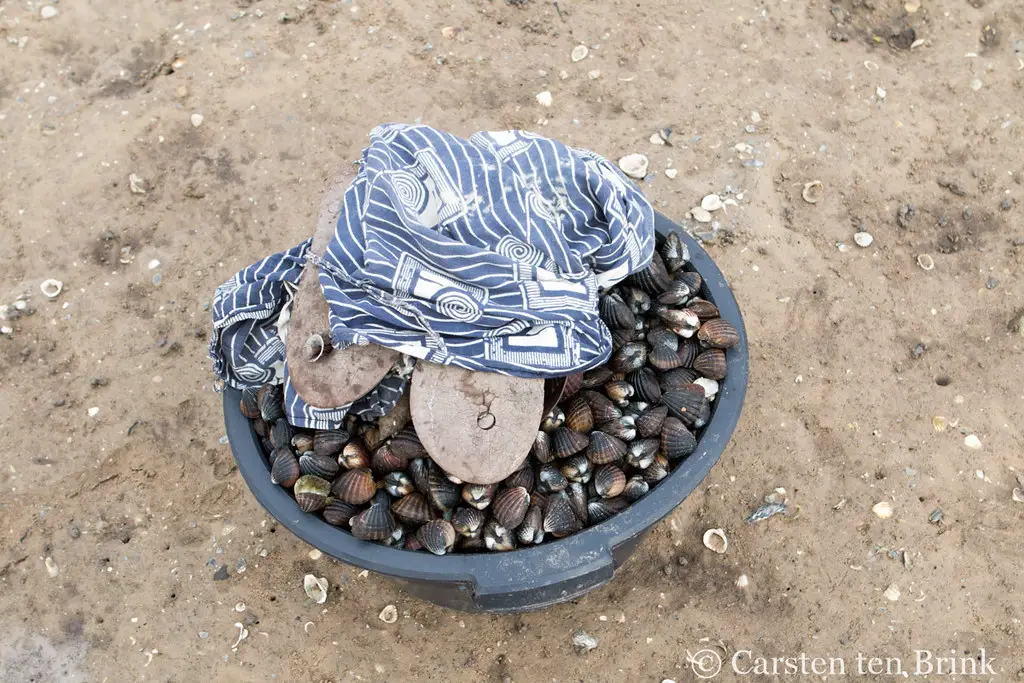
A charming twin-city located in the south of Senegal, composed of Joal (on the mainland) and Fadiouth (on a small island).
What to see or do: Explore the traditional fishing village of Joal and take a boat ride to the island of Fadiouth to see its unique landscape of oyster shells, which pave the streets and make up the island’s houses and cemetery.
Visit the local markets for handmade crafts and try traditional Senegalese cuisine.
Don’t miss: The vibrant colors and street art in Joal, the beautiful panoramic views of the two cities from the top of the hill, and the opportunity to witness the daily routines of local fishermen.
Insider travel tips: Head to the island of Fadiouth early in the morning to get the best light for photography, and be respectful while visiting the cemetery.
Don’t buy souvenirs made from turtle shells, as they contribute to the illegal poaching of endangered species.
13. Ile de Ngor
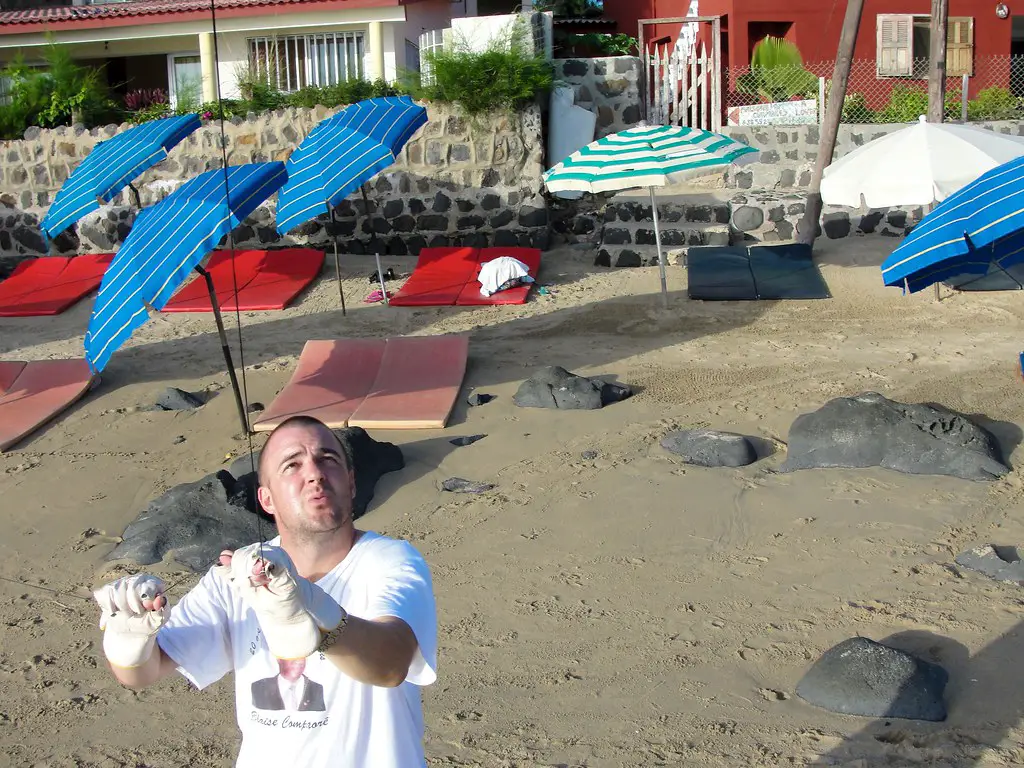
A small island located off the coast of Dakar, Senegal.
What to see or do: Ile de Ngor offers pristine beaches, crystal-clear waters, and a relaxed atmosphere. Visitors can swim, sunbathe, and enjoy water sports such as snorkeling and jet skiing.
The island also boasts a charming fishing village, with colorful boats and bustling markets.
Don’t miss: Be sure to try the fresh seafood, caught and prepared right on the island.
Insider travel tips: Bring cash, as there are no ATMs on the island. Also, be aware that some parts of the beach can be rocky, so wear appropriate footwear.
Finally, consider staying overnight to experience the island’s peaceful ambiance after the day-trippers have left.
14. Dakar Place de l’Obelisque
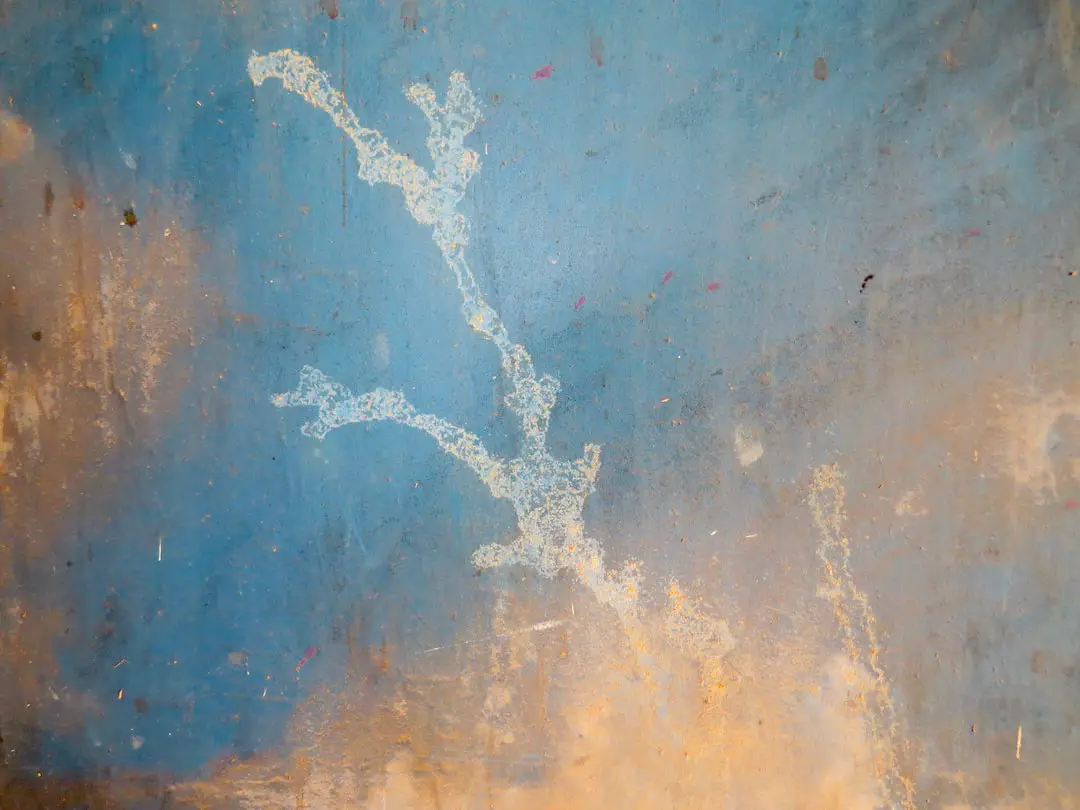
Vibrant public square in the heart of Dakar.
What to see or do: Watch daily life unfold, grab a coffee, take in the 330-foot obelisk statue, and enjoy lively street performances.
Don’t miss: The surrounding street food vendors offering local specialities like thieboudienne and yassa.
Insider travel tips: visit in the early morning or late afternoon to avoid the midday heat. Be wary of pickpockets and don’t miss out on trying the freshly squeezed fruit juices from the vendors.
15. Dakar Cathedral
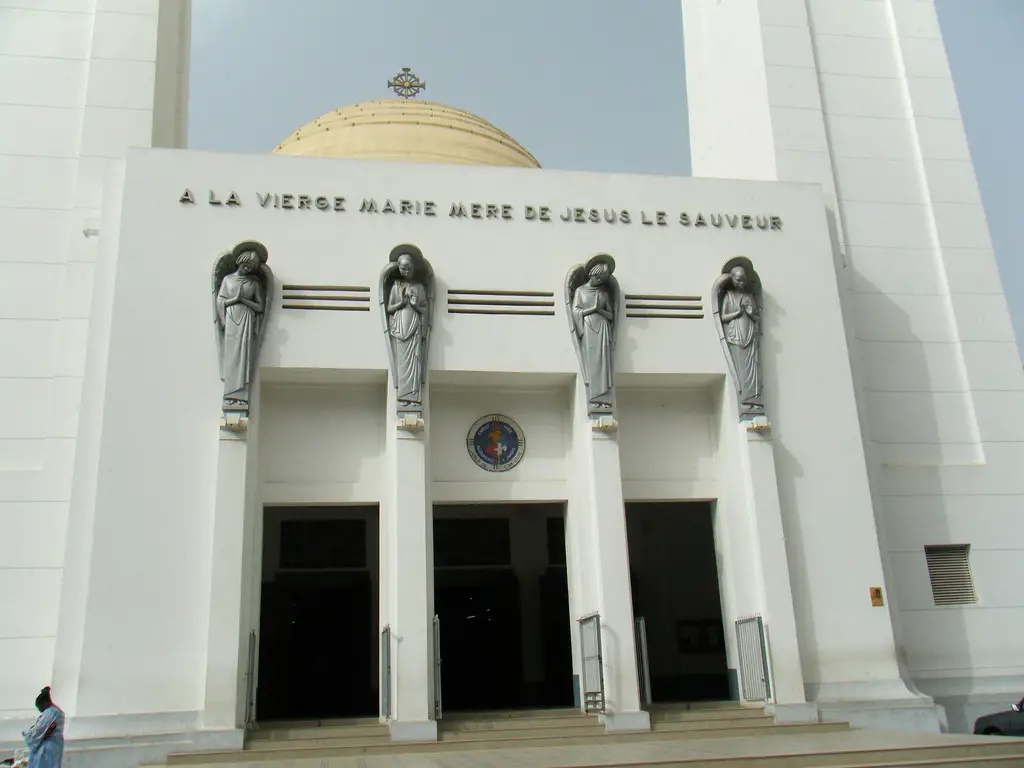
Dakar Cathedral is a stunning Roman Catholic cathedral located in the heart of Dakar, the capital city of Senegal.
What to see or do: The cathedral is one of the most impressive colonial-era structures in Dakar and boasts a mix of Gothic and Romanesque architectural styles.
Visitors can observe stunning stained glass windows, serene religious artworks, and notable sculptures inside. The ambiance of the cathedral is peaceful and otherworldly, which can provide time for reflection and prayer.
Don’t miss: Don’t miss out on witnessing the altar adorned in intricate carvings and striking details. The statues and sculptures reveal the influence of African art, local motifs, and Western Classical tradition.
Insider travel tips: If you want to avoid the tourist crowd, it’s recommended to visit the cathedral in the morning. To fully experience its spiritual essence, it’s preferable to go to the cathedral during a service.
However, please be mindful of maintaining a respectful mood.
16. Dakar Hann Park

Dakar Hann Park is a green space in the heart of Dakar, Senegal’s bustling capital city.
What to see or do: The park offers a tranquil escape from the city’s hustle and bustle, with plenty of shade to relax in and greenery to admire.
There are several walking paths throughout the park, as well as a playground area for children.
Don’t miss: The park is home to a small zoo, where visitors can spot animals such as monkeys, crocodiles, and exotic birds.
Insider travel tips: Bring a picnic and some snacks to enjoy in the shade of the many trees throughout the park.
The best time to visit is early in the morning or late in the afternoon to avoid the intense midday heat.
Additionally, be sure to wear comfortable walking shoes and bring sunscreen to protect yourself from the sun.
17. Dakar Corniche Ouest

Beautiful coastal road along the Atlantic Ocean in Dakar, Senegal.
What to see or do: Drive or walk along the Corniche Ouest and enjoy stunning views of the coastline. Stop by the various beaches and restaurants along the way for a swim or a bite to eat.
Don’t miss: The statue of African Renaissance on top of the hill near the Corniche Ouest, which offers panoramic views of the city.
Insider travel tips: The best time to visit is during the dry season (November to May) when the weather is pleasant and the skies are clear.
Avoid visiting during rush hour as the traffic can be very hectic. There is also a bike rental service available if you want to explore the Corniche Ouest on two wheels.
18. Dakar Soumbedioune Fish Market
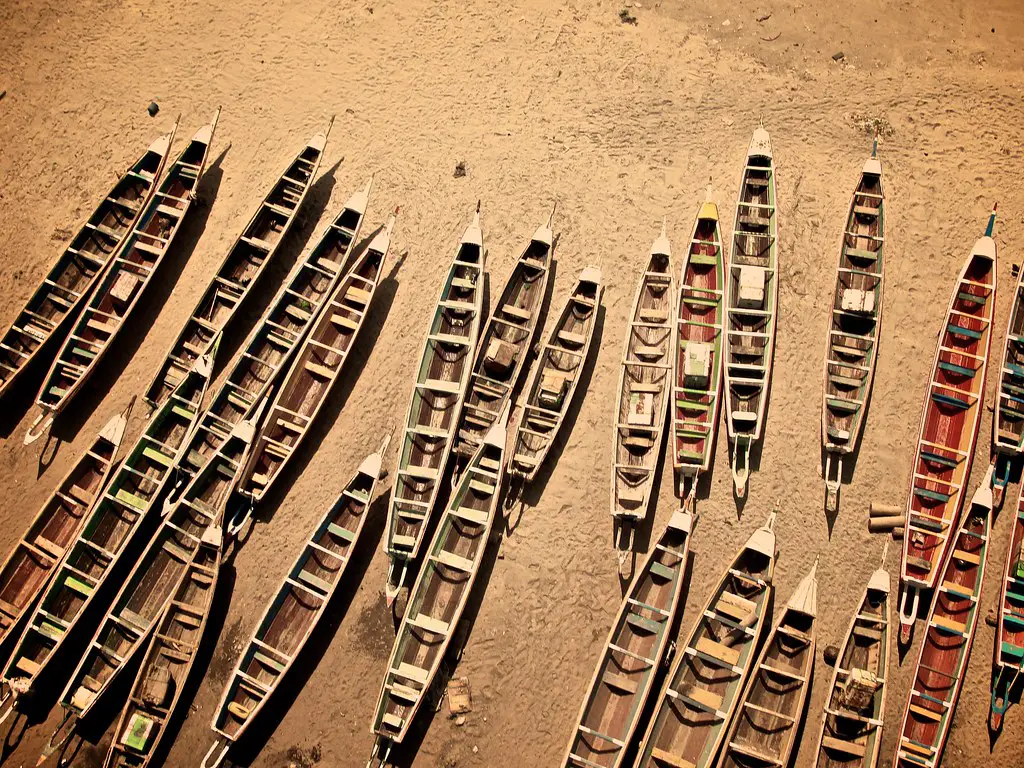
A bustling fish market located in the heart of Dakar, Senegal.
What to see or do: Watch local fishermen unload their catch of the day from colorful wooden boats, haggle with vendors for the freshest catch, and enjoy a delicious seafood meal at one of the many restaurants located in and around the market.
Don’t miss: The early morning hours when the market is at its busiest, and the opportunity to try local delicacies such as thiof, a popular local fish.
Insider travel tips: Bargaining is expected and encouraged, so don’t be afraid to haggle for a fair price. Be sure to arrive early to avoid the crowds, and bring cash as many vendors do not accept credit cards.
19. Dakar Hann Beach
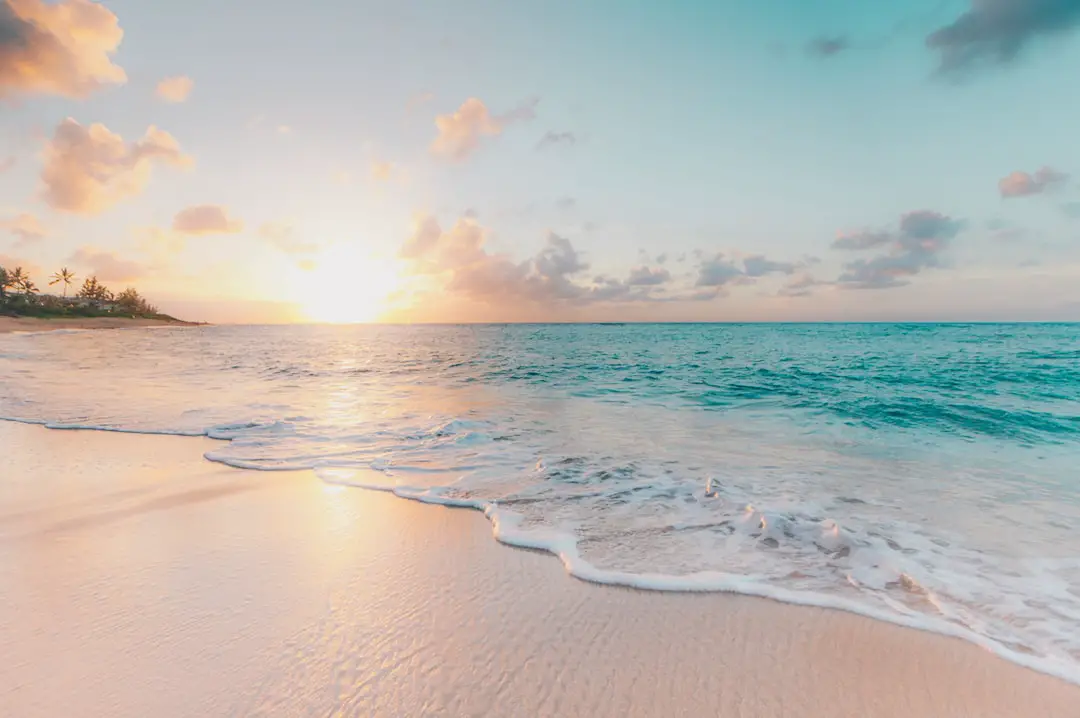
Dakar Hann Beach is a stretch of sandy coastline located in the Hann district of Dakar, Senegal.
What to see or do: Relax on the soft sand beach and soak up the sun, swim in the ocean, picnic with friends or family, watch local fishermen bring in their daily catch or join them for a fishing trip.
Don’t miss: The nearby colorful fishing village, where you can explore the local market, witness the traditional way of life and taste fresh seafood dishes.
Insider travel tips: If you want to catch the fishermen in action, plan your visit early in the morning.
20. Dakar Dakar Railway Station
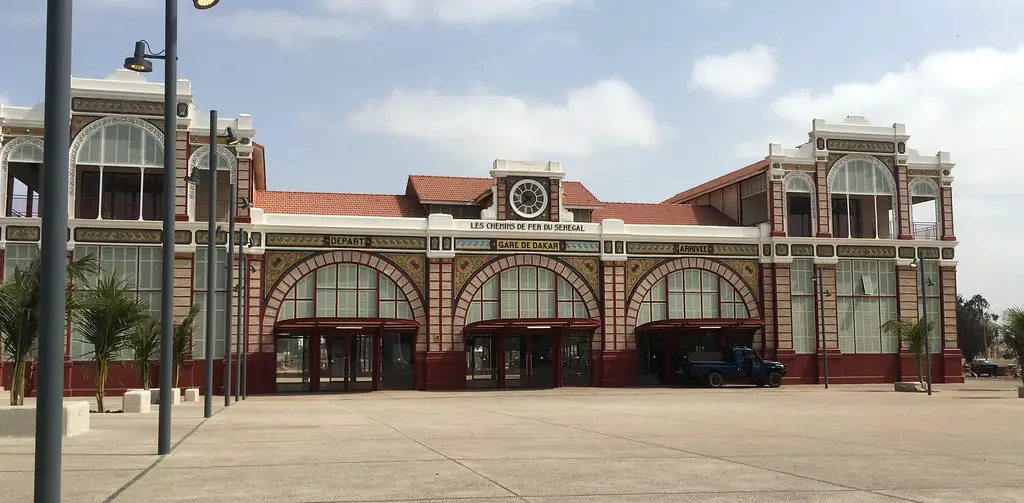
Dakar Dakar Railway Station is a historical train station located in the heart of Dakar’s Plateau district.
What to see or do: Take a stroll through the station’s impressive architecture, which remains mostly intact from its construction in the early 1900s. If you’re lucky, you might even catch a glimpse of the station’s old steam locomotives.
Don’t miss: The station’s clock tower, which is a prominent feature of the Dakar skyline.
Insider travel tips: While the railway station is no longer operational for passenger services, a new commuter train system is currently under construction between Dakar and the new Blaise Diagne International Airport.
Check ahead for updates on the progress of this project if you’re interested in taking a ride on Dakar’s rails in the future.
21. Dakar Dakar City Hall
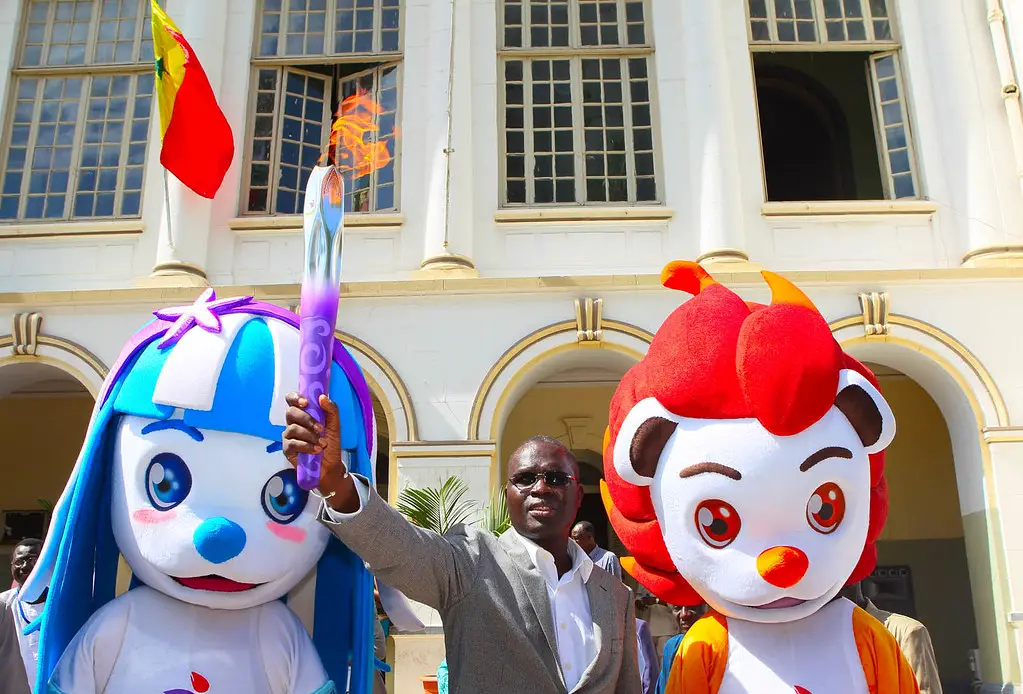
Dakar City Hall is a historic building that serves as the headquarters of the Dakar municipality, located in the Plateau district of the city.
What to see or do: Visitors can tour the historic building and admire its unique blend of African and European architectural styles. The building features a large courtyard, ornate façade, and grand entrance.
Don’t miss: Don’t miss the opportunity to take a guided tour of the building, which will provide you with a deeper understanding of the history and significance of the Dakar City Hall.
Insider travel tips: – Make sure to take your camera with you as the building offers great photo opportunities, especially for those who appreciate architecture.
22. Dakar Presidential Palace

The Dakar Presidential Palace, also known as the Palace of the Republic, is the official residence of the President of Senegal.
What to see or do: Visitors can admire the impressive architecture of the palace from the outside, which was designed by Senegalese architect Pierre Goudiaby in a style that blends traditional African and modern elements.
However, you cannot enter the palace without a prior appointment or official permission.
Don’t miss: Don’t miss the opportunity to take a photo in front of the palace’s beautiful entrance gate, adorned with the national emblem of Senegal, a large star and a baobab tree.
Insider travel tips: It is not recommended to approach the palace without prior arrangements or official appointments. The area surrounding the palace is heavily guarded, and unauthorized visitors are not allowed to enter.
23. Dakar Medina
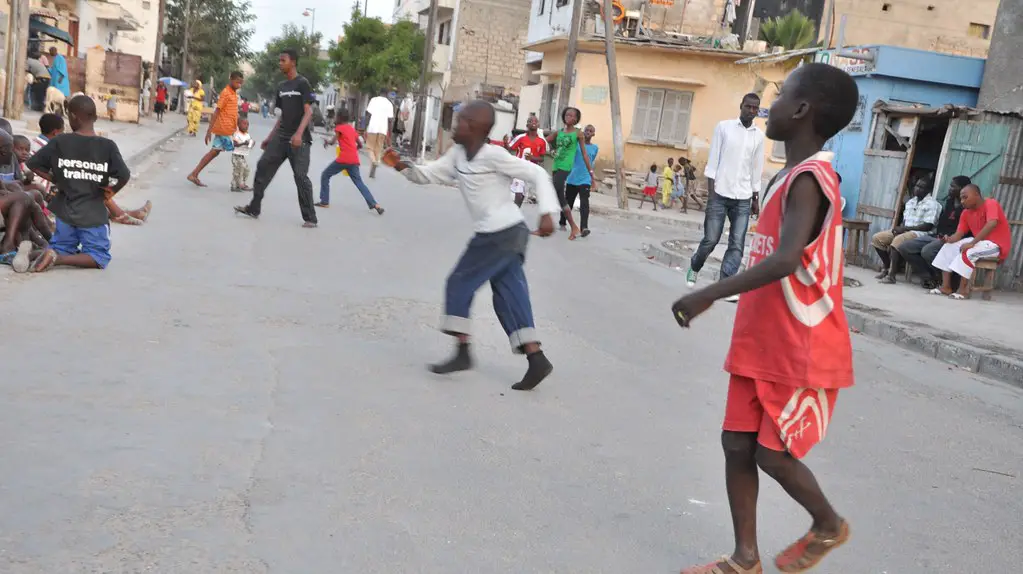
A historic neighborhood in Dakar known for its vibrant markets, colorful buildings, and rich cultural heritage.
What to see or do: Explore the twisting alleyways and bustling markets, taking in the sights, sounds, and smells of the vibrant community. Visit the Grand Mosque of Dakar, a beautiful mosque known for its unique architecture and stunning mosaics.
Check out the African Renaissance Monument, a massive statue overlooking the city that celebrates the region’s rich history and culture.
Don’t miss: The colorful street art that can be found throughout the neighborhood, adding a modern twist to the traditional architecture and design.
Try some of the local street food, including seafood dishes and spicy snacks that you won’t find anywhere else.
Insider travel tips: Be prepared for crowds and chaos, as the Medina can be busy and overwhelming at times. Bargaining is a must when shopping in the markets, so be prepared to haggle for the best prices.
Wear comfortable shoes and dress modestly, as the neighborhood is home to many religious sites and traditions.
24. Dakar Plateau

Dakar Plateau is the historic and administrative heart of Dakar, the capital city of Senegal.
What to see or do: – Visit the Presidential Palace, a grand building that represents the seat of power in Senegal.
Don’t miss: A visit to the lively Kermel Market, where you can find fresh produce, spices, and handicrafts. This bustling market is popular with locals and tourists alike.
Insider travel tips: – Wear comfortable shoes as Dakar Plateau is full of steep hills and steps.
25. Dakar Dakar Sea Port

Dakar Sea Port is the largest and busiest port in Senegal located in the heart of the capital city, Dakar.
What to see or do: Witness the hustle and bustle of the port with ships arriving and departing regularly. Take a stroll and explore the surrounding area where you can find local markets and shops.
Don’t miss: Visit the Dakar Railway Station located adjacent to the port, which played a significant role in the history of the city.
It was constructed during the French colonial period and has been preserved as a historical monument.
Insider travel tips: Take a ferry ride from the port to Goree Island, a UNESCO World Heritage Site known for its historical significance to the Atlantic slave trade.
Make sure to arrive early to avoid the crowds and purchase tickets in advance.
26. Dakar Marche Tilene
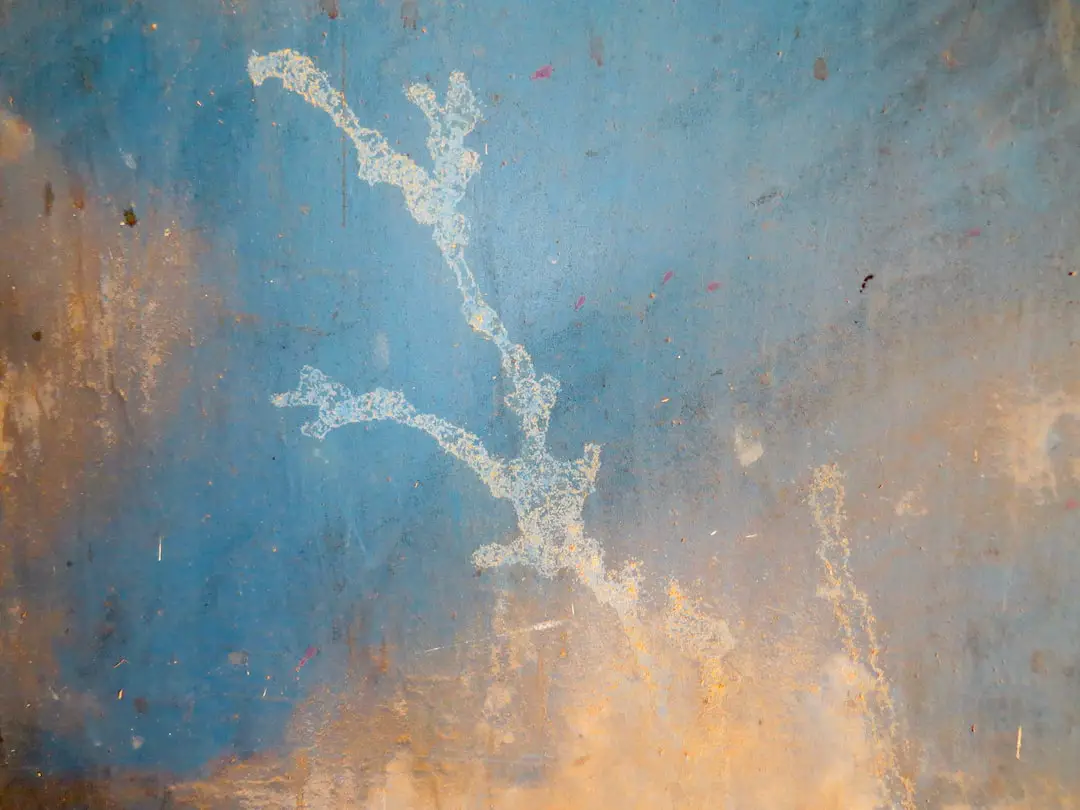
What to see or do: Browse the colorful stalls selling a variety of items, from clothing and accessories to fresh produce and seafood. Take in the sights and sounds of local vendors haggling and negotiating with customers.
Don’t miss: Trying out the local street food, including traditional Senegalese dishes like thieboudienne (a seafood and rice dish) or yassa (marinated chicken or fish).
Insider travel tips: Bargaining is expected, so don’t be afraid to negotiate prices with vendors. Also, keep an eye on your belongings and be aware of your surroundings as the market can get crowded.
Avoid visiting on Fridays, as it tends to be extremely busy due to Jumu’ah (Friday prayer).
27. Dakar CICES
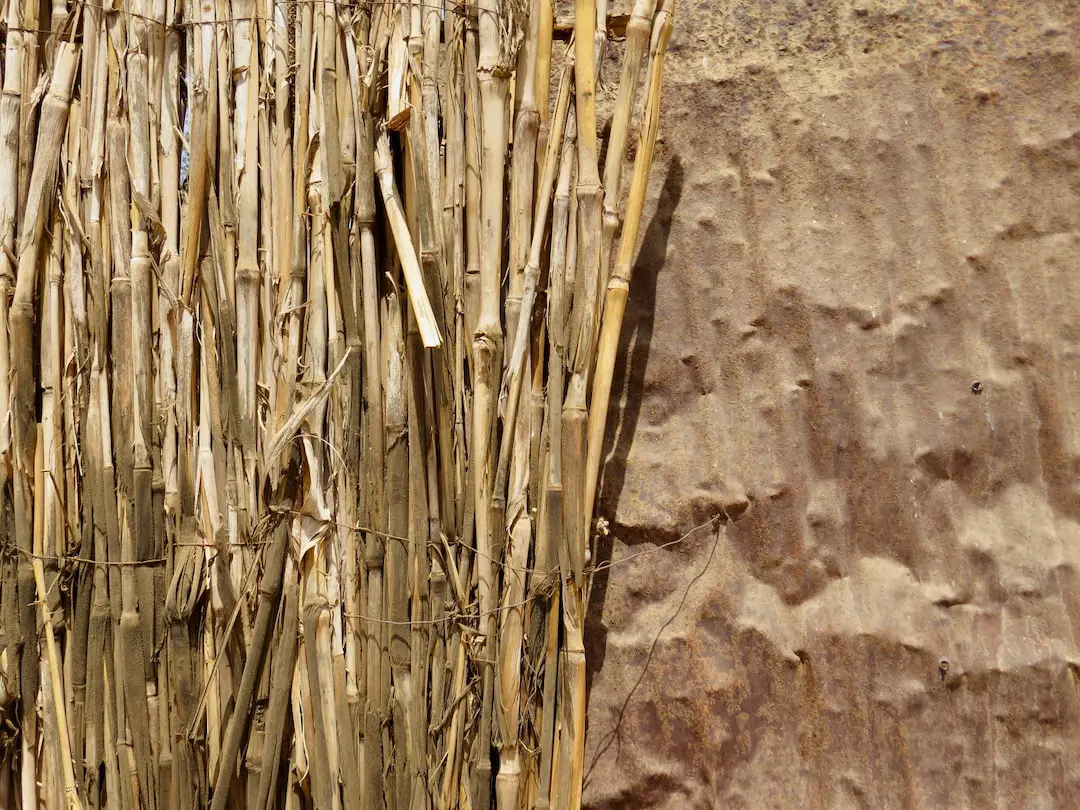
What to see or do: Attend international exhibitions and conferences, witness cultural festivals, visit the art gallery, enjoy concerts and shows.
Don’t miss: Dak’Art, the contemporary art biennale held every two years, and the International Book Fair.
Insider travel tips: Plan your visit during one of the major events or exhibitions to make the most of your trip. Be aware that Dakar traffic can be congested, so allow time to get to the venue.
28. Dakar National Assembly

The Dakar National Assembly is the legislative branch of the government of Senegal.
What to see or do: Visitors can attend meetings and observe the lawmakers debating and passing laws. The building itself is an impressive example of modern African architecture.
Don’t miss: A guided tour of the building to learn more about its history and political significance.
Insider travel tips: Visitors are required to pass through a security check before entering the building, so be sure to bring identification and arrive early to avoid long lines.
It’s also a good idea to brush up on Senegal’s political system and current events before attending a meeting to better understand the discussions and debates taking place.
29. Dakar Brainforest Park
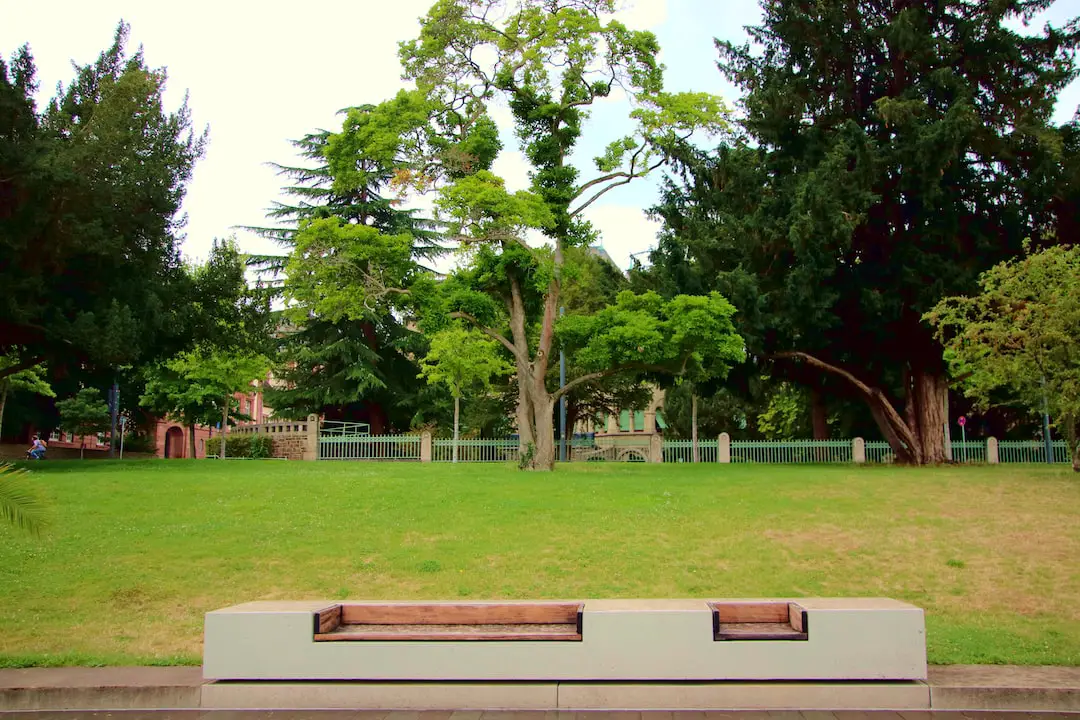
A nature reserve and park located in the heart of Dakar, Senegal.
What to see or do: Enjoy a beautiful walking trail through lush greenery and observe a variety of bird species along the way. You can also visit the park’s animal sanctuary and learn about local wildlife conservation efforts.
Don’t miss: The opportunity to feed and interact with some of the park’s animals, including monkeys and turtles. The park also offers guided tours to learn more about the history and ecology of the area.
Insider travel tips: Be sure to bring comfortable shoes and plenty of water, as the walking trail can be strenuous in the heat. The park is busiest on weekends, so try to visit during the week to avoid crowds.
💪 Support independent web, support us:
